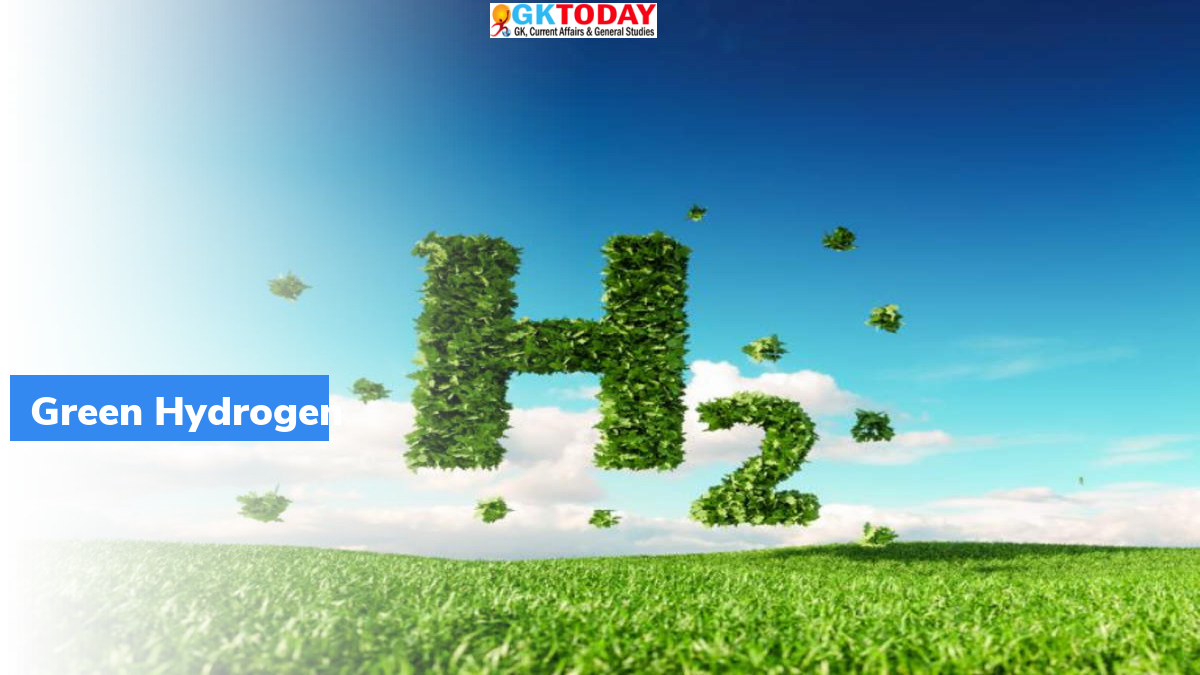Indo-German Partnership for Green and Sustainable Development
Prime Minister Narendra Modi and German Chancellor Olaf Scholz signed a joint declaration of intent (JDI) establishing the Green and Sustainable Development Partnership.
What is the goal of the partnership?
To intensify bilateral and multilateral cooperation and accelerate actions towards climate protection.
How much financial assistance will be provided by Germany?
Under the partnership, Germany has made an advance commitment to investing €10 billion in climate change related projects in India. The amount will be invested until 2030.
What are the agreements under the partnership?
As deliverables of the Indo-German Partnership for Green and Sustainable Development, both countries agreed to:
- Develop an Indo-German Green Hydrogen Roadmap based on the inputs from the Indo-German Green Hydrogen Task.
- Establish an Indo-German Renewable Energy Partnership focusing on innovative solar energy and other renewables.
- Establish lighthouse cooperation on “Agroecology and Sustainable Management of Natural Resources” to benefit the rural population and small-scale farmers in India.
- Further examine collaboration on Green Energy Corridors, e.g. the Leh-Haryana transmission line and the project of a carbon-neutral Ladakh.
- Deepen cooperation in restoring forest landscapes under the Bonn Challenge.
- Deepen cooperation on the creation of suitable conditions for the successful and sustainable use of green technologies.
- Offer sustainable, viable, and inclusive projects in third countries to support the achievement of climate targets.
What is India- Germany Pact on Green hydrogen?
The India- Germany Pact on Green hydrogen will establish an “Indo-German Green Hydrogen Task Force” to strengthen cooperation in the production, utilization, storage, and distribution of green hydrogen.
What is Green hydrogen?
- Green hydrogen is defined as hydrogen produced by splitting water into hydrogen and oxygen using renewable energy such as solar or wind energy.
- As hydrogen only emits water as a residue when burnt, it is being considered a potential substitute for fossil fuel.
What are the flagship initiatives of India and Germany regarding hydrogen?
- India has launched the “National Green Hydrogen Mission” to make India the global hub of green hydrogen production and export.
- Germany has developed an ambitious National Hydrogen Strategy to assume global leadership in hydrogen technologies.
What are the strengths of India and Germany regarding hydrogen technologies?
- India is blessed with abundant renewable energy potential and has experience in implementing renewable energy projects. Thus, India can produce low-cost green hydrogen and also export it to meet global demand.
- Germany’s strengths are innovation and manufacturing. It also has the experience of implementing numerous hydrogen projects.
How India is encouraging the production of Green energy?
The Centre has set itself a target of setting up 5 million tonnes (mt) of green hydrogen production by 2030. According to the ‘Green Hydrogen’ policy announced by the government in February 2022, manufacturers of green hydrogen or ammonia may purchase renewable power from the power exchange or set up renewable energy capacity themselves. Inter-State transmission charges are waived for 25 years for such manufacturers.
Month: Current Affairs - May, 2022
Category: Environment Current Affairs


